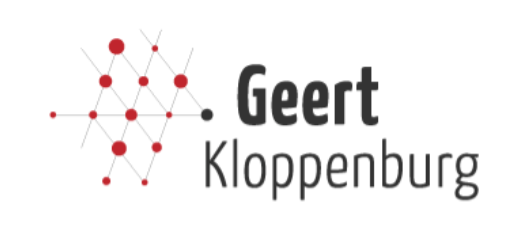In this short video (5min) Geert Kloppenburg shares his vision on shared mobility in the city.
Please respond by giving your feedback and share in your network!
https://bit.ly/Sharedmobilitynl
For feedback:
Email: geert@geertkloppenburg.nl

In this short video (5min) Geert Kloppenburg shares his vision on shared mobility in the city.
Please respond by giving your feedback and share in your network!
https://bit.ly/Sharedmobilitynl
For feedback:
Email: geert@geertkloppenburg.nl
Get notified about new updates, opportunities or events that match your interests.

Join us for the workshop: Civic Sousveillance & Democratic Oversight of Sensor Technology.
In this interactive workshop, we explore democratic oversight of camera detection and other urban sensors: from citizen initiatives such as the On Camera pocket guide and smart city camera-spotting tours to current policies on data collection in public space.
With contributions by Tom van Arman & Mike de Kreek from the Human Values for Smarter Cities research project, Inge Janse & Arthur De Jaeger from Centre for BOLD Cities, and council member Elisabeth IJmker from GroenLinks-PvdA. Next to talks we will also go outside for a joint camera-spotting tour around Arcam.
Date: Thursday, January 29, 2026
Time: 4:00 p.m. – 6:00 p.m.
Location: Arcam
Address: Prins Hendrikkade 600
Language: Dutch
Registration: free, but mandatory via the registration form which is here
More info on the Human Values for Smarter Cities research project is here

Join us to learn to understand the concept of MeshCore, an open source, off grid, decentralized, mesh network build to run on affordable low-power devices!
Prepare and configure your own device as to contribute to Amsterdam wide coverage, or just for fun / to chat:-)
The workshop is based on this device: https://nl.aliexpress.com/item/1005007752194012.html Of course you may bring a different device, it only might take a little extra effort on your part if the settings are different. We will try to help of course!
For more info and rsvp: https://sensemakersams.org/events/
The workshop is from 19-21h in the Makerspace of the OBA and you can just walk in!
OBA: Oosterdokskade 143, 1011DL Amsterdam

For our end-of-the year event we have some extra opportunities to build, create and even program your own souvenir to take home!
Please if you want to make and take home the Xmas lights you see in the picture, the kit costs 25,- (we also have 2 Pay-It-Forward kits). Of course you can also work in other small projects or 3D print a small Xmas tree or make (for children!) a self designed wooden lamps!
You don't have to rsvp via meetup, the workshop is from 19-21h in the Makerspace of the OBA and you can just walk in!
OBA: Oosterdokskade 143 1011DL Amsterdam

